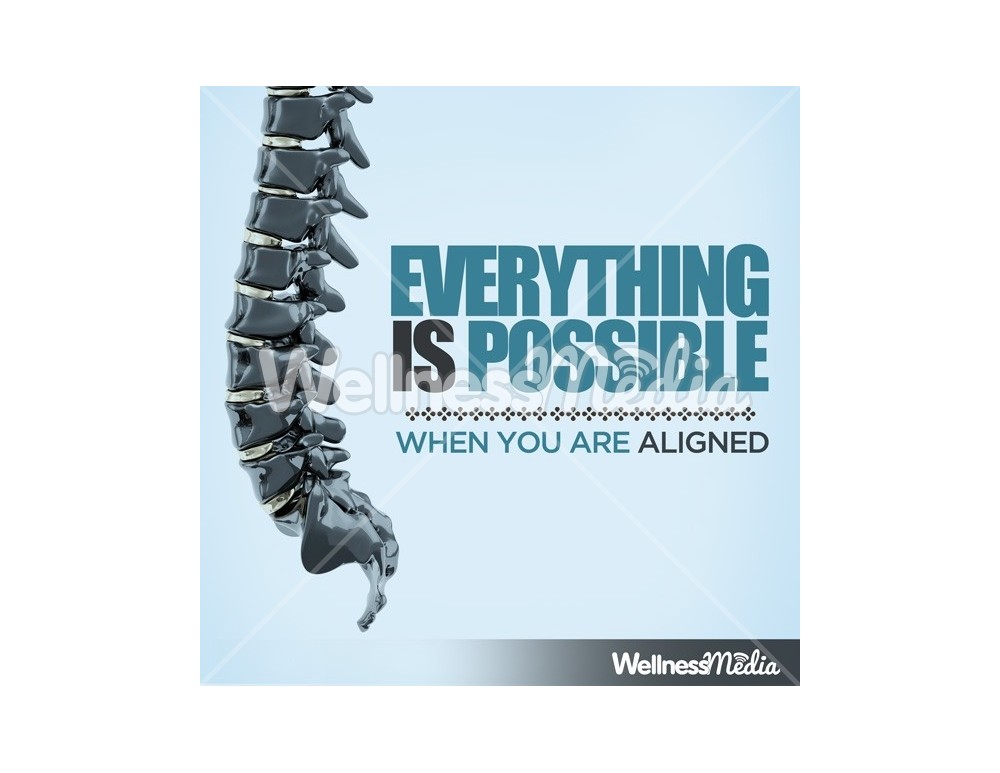Necessary Daily Behaviors That Can Create Neck And Back Pain And Just How To Avoid Them
Necessary Daily Behaviors That Can Create Neck And Back Pain And Just How To Avoid Them
Blog Article
Write-Up Written By-Dyhr Schaefer
Keeping correct pose and avoiding usual challenges in day-to-day activities can substantially affect your back health. From exactly how you sit at your workdesk to exactly how you raise hefty things, tiny adjustments can make a large distinction. Imagine a day without the nagging pain in the back that impedes your every step; the service might be less complex than you assume. By making a couple of tweaks to your everyday behaviors, you could be on your means to a pain-free existence.
Poor Position and Sedentary Lifestyle
Poor position and an inactive way of living are 2 significant factors to back pain. When you slouch or hunch over while sitting or standing, you put unneeded stress on your back muscles and spinal column. This can lead to muscular tissue imbalances, stress, and at some point, persistent back pain. Furthermore, sitting for extended periods without breaks or exercise can weaken your back muscle mass and bring about tightness and discomfort.
To fight poor position, make a conscious effort to rest and stand right with your shoulders back and straightened with your ears. Keep in mind to maintain your feet level on the ground and prevent crossing your legs for extensive periods.
Incorporating normal extending and reinforcing workouts right into your day-to-day routine can additionally aid improve your pose and ease back pain associated with an inactive lifestyle.
Incorrect Lifting Techniques
Improper lifting strategies can substantially add to pain in the back and injuries. When you raise hefty items, bear in mind to flex your knees and use your legs to raise, instead of counting on your back muscles. Avoid turning your body while lifting and keep the item near to your body to lower strain on your back. It's critical to preserve a straight back and prevent rounding your shoulders while lifting to stop unneeded pressure on your back.
Always analyze the weight of the things before raising it. If it's as well heavy, request for help or usage equipment like a dolly or cart to move it securely.
Bear in mind to take breaks during lifting tasks to provide your back muscle mass a possibility to rest and avoid overexertion. By implementing click this link now , you can stop back pain and decrease the risk of injuries, guaranteeing your back stays healthy and balanced and strong for the long term.
Lack of Normal Workout and Extending
A less active way of life lacking routine exercise and extending can considerably add to back pain and discomfort. When you do not engage in exercise, your muscles end up being weak and stringent, resulting in inadequate position and increased strain on your back. Regular workout aids strengthen the muscular tissues that sustain your spine, boosting stability and decreasing the threat of pain in the back. Integrating stretching Read Homepage into your routine can also boost versatility, avoiding rigidity and discomfort in your back muscle mass.
To stay clear of pain in the back brought on by a lack of exercise and extending, go for at the very least half an hour of moderate physical activity most days of the week. Include exercises that target your core muscle mass, as a solid core can help reduce pressure on your back.
Furthermore, take breaks to stretch and relocate throughout the day, particularly if you have a desk task. Simple stretches like touching your toes or doing shoulder rolls can aid soothe stress and protect against back pain. Focusing on normal workout and extending can go a long way in maintaining a healthy and balanced back and minimizing pain.
Final thought
So, remember to stay up directly, lift with your legs, and stay active to stop pain in the back. By making easy modifications to your everyday habits, you can stay clear of the pain and constraints that come with pain in the back. Care for your spinal column and muscular tissues by practicing great position, proper training techniques, and regular workout. Your back will certainly thank you for it!
